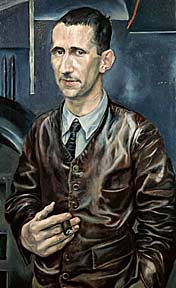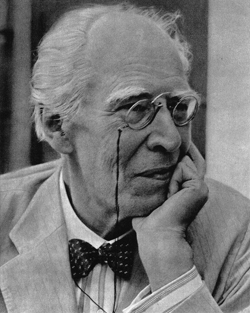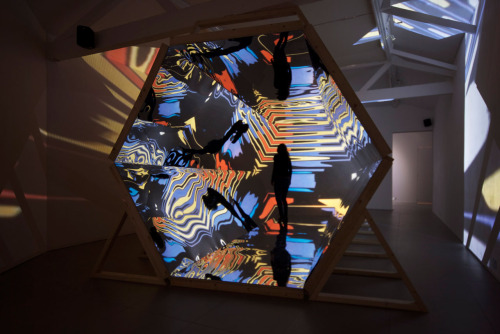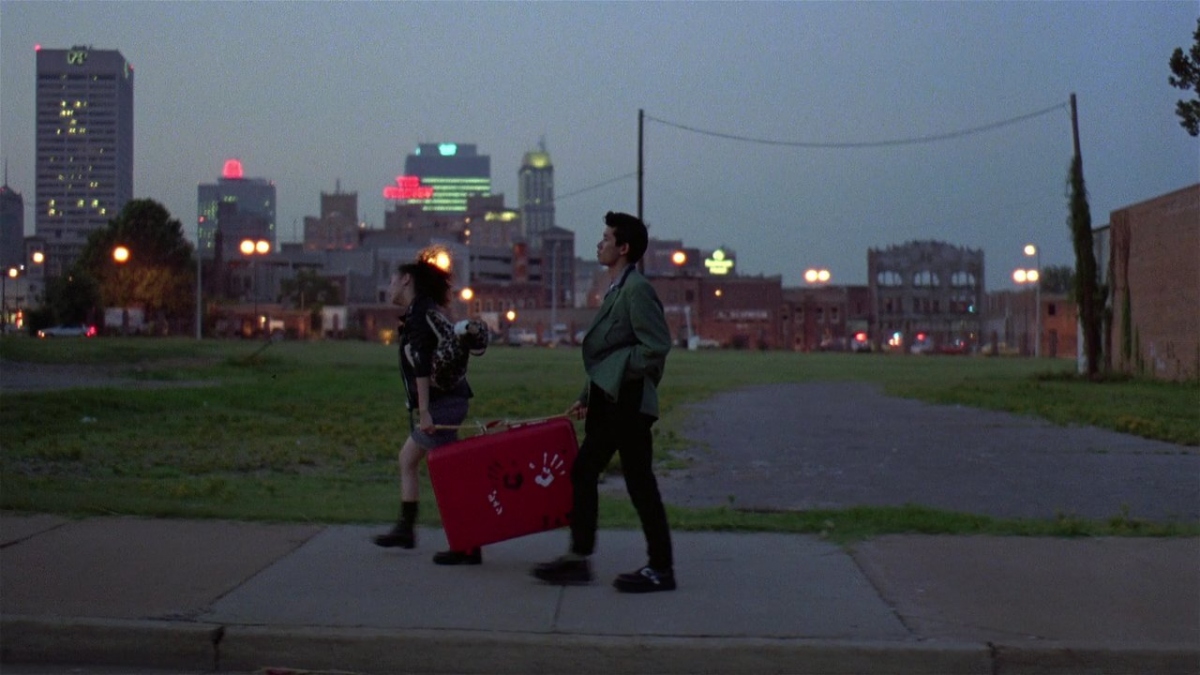Brecht: A Practical Handbook by David Zoob and Julian Jones
 Nick Hern Books have approached David and Julian to write a book concerning the practical application of Brecht’s theories to productions. There are currently very few books of this kind; the majority of books on Brecht have an academic slant where the authors frequently aim to ‘set the record straight’. David and Julian are writing sections of Brecht: A Practical Handbook based upon the many conversations they have had over the years regarding the tensions and similarities between Brecht’s and Stanislavski’s theories on acting. For instance, Julian questions how presenting choices for a character differs from Stanislavski’s objectives and obstacles, whereas David argues the choices available to Brecht’s characters must be read through a socio-political lens. David finds Julian’s insights comforting because there are many points of contact between both practitioners and students tend to be more at ease with Stanislavski’s work than they are with Brecht’s.
Nick Hern Books have approached David and Julian to write a book concerning the practical application of Brecht’s theories to productions. There are currently very few books of this kind; the majority of books on Brecht have an academic slant where the authors frequently aim to ‘set the record straight’. David and Julian are writing sections of Brecht: A Practical Handbook based upon the many conversations they have had over the years regarding the tensions and similarities between Brecht’s and Stanislavski’s theories on acting. For instance, Julian questions how presenting choices for a character differs from Stanislavski’s objectives and obstacles, whereas David argues the choices available to Brecht’s characters must be read through a socio-political lens. David finds Julian’s insights comforting because there are many points of contact between both practitioners and students tend to be more at ease with Stanislavski’s work than they are with Brecht’s.
As a student, David was told that Brecht’s plays were very good but that he didn’t need to pay attention to them when analysing how concepts such as verfremdungseffekt can be concretely realised onstage. The academics David encountered argued that practitioners should pay attention to the theories but they did not know how these could be practically translated into stage action. Ideas on how one might perform Brecht’s dialectics and juxtapositions began to ferment in David’s mind when he was working in schools. Teachers often told him that they experienced difficulty in teaching Brecht because the theories didn’t make sense to their students without understanding how they could be applied to performance. Telling the audience what was going to happen in a play before the story proper commenced, usually by employing slide projections, was one of David’s favourite Brechtian motifs. He used the slideshow device in his workshops by providing students with a set of given circumstances – such as patients sitting in a doctor’s waiting room – which they improvised, whilst statements such as “One of these people is about to be murdered” or “Two of these people are about to fall in love” were projected upstage.
Despite the actors not knowing what the slides read a perceptible change occurred in the audience: slowly, they began sitting forward in their seats and examining the onstage action, which with the added layer of information acquired an added dynamism. This led David to consider how to direct a set of given circumstances that enable actors to act dialectically. Another way of phrasing this inquiry is how an actor can show an audience what choice their character does not make. One method is to show decisions being actively made so as alternative choices are constantly presenting themselves to the audience meaning that the characters actions are not inevitable.
****
Teaching Shakespeare using the Stanislavski System by Julian Jones
Inspired by his work on Brecht: A Practical Handbook, Julian decided that a similar book ought to be written for Nick Hern based upon his experience of teaching Shakespeare at Rose Bruford. Julian used to teach Shakespeare’s plays using Stanislavskian techniques, but whilst working with some students on a scene in Macbeth he started to wonder why they weren’t applying some of the basic principles of the system to their performances. The students told him that when they acted they were paying attention to the textual form of the plays and not to the subtext of the scenes and inner-life of the characters. Julian then designed exercises that condensed the three pillars he considered central to performing Shakespeare, rhetoric, imagery and verse, and combined them with research into the world of the play and the given circumstances present in the dramaturgy.


The premise of the book is to therefore share techniques with school and college students that merge the dramaturgy of the plays with exercises based upon the Stanislavski system. The pedagogical focus of the book diverts from much Shakespeare scholarship because unlike the work of Cicely Berry or Patsy Rosenberg it is not written from the point of view of a voice coach, meaning that it offers a different perspective for students who are coming to Shakespeare fresh and are seeking a way to perform in the plays.
****
The Future of Collecting Light Event at the V&A Museum by Jo Joelson
 In December Jo, in collaboration with Hansjorg Schmidt, organised a gathering of artists to discuss their respective interest in and work with light. The event was part of the Library of Light research project that Jo and Hansjorg are leading. The impetus for the project came from Jo’s collaboration with the material scientist Professor Mark Miodownik who wanted to create a library for his students which would enable them to explore the uses of various materials outside of lecture-based environments. At Professor Miodownik’s request Jo built a box to store these materials in but it quickly expanded into what is now a vast resource at UCL called the Institute of Making. Inspired by the possibilities the Institute of Making affords students to treat research as an active practice, Jo began collecting objects pertaining to light and had a bespoke cabinet built to house them in which currently sits in RBC’s learning resource centre. But the goal of the Library of Light is more than a collection of materials – the ultimate aim is to engender a sharing of processes, whereby students will act out practice-based research when they handle and read the archived material. The Future of Collecting Light served as a way of effectuating this endeavour by inviting artists to share insights pertaining to their work and to discuss how an ostensibly non-consignable material such as light can be documented. Fourteen contributors were invited to the event, including curators, lighting designers, installation artists, and photographers, all of whom work in diverse contexts, such as holography, theatre, music concerts, sculpture, and live art. Following on from the success of the event the V&A want to collaborate on a public event later this year.
In December Jo, in collaboration with Hansjorg Schmidt, organised a gathering of artists to discuss their respective interest in and work with light. The event was part of the Library of Light research project that Jo and Hansjorg are leading. The impetus for the project came from Jo’s collaboration with the material scientist Professor Mark Miodownik who wanted to create a library for his students which would enable them to explore the uses of various materials outside of lecture-based environments. At Professor Miodownik’s request Jo built a box to store these materials in but it quickly expanded into what is now a vast resource at UCL called the Institute of Making. Inspired by the possibilities the Institute of Making affords students to treat research as an active practice, Jo began collecting objects pertaining to light and had a bespoke cabinet built to house them in which currently sits in RBC’s learning resource centre. But the goal of the Library of Light is more than a collection of materials – the ultimate aim is to engender a sharing of processes, whereby students will act out practice-based research when they handle and read the archived material. The Future of Collecting Light served as a way of effectuating this endeavour by inviting artists to share insights pertaining to their work and to discuss how an ostensibly non-consignable material such as light can be documented. Fourteen contributors were invited to the event, including curators, lighting designers, installation artists, and photographers, all of whom work in diverse contexts, such as holography, theatre, music concerts, sculpture, and live art. Following on from the success of the event the V&A want to collaborate on a public event later this year.
****
Night on Earth by Hansjorg Schmidt
Night on Earth is a practice research performance project that Hansjorg started at last year’s symposium  and which he is hoping to re-visit this year. The piece was loosely based on Jim Jarmusch’s 1991 film of the same title, underpinned by a conceptualisation of mise-en-scène that does not treat it as an abstraction but as a fundamental part of the performance itself. This is a deliberate departure from Pavis’s claim that the mise-en-scène is “an organising principle” instead of a concrete element of a live piece. To counter this Hansjorg sought to make a performance that foregrounded those component parts that are not usually apparent to the audience in theatre productions. These parts included a car, a soundtrack (George Thorogood’s Bad to the Bone), Lamorbey House, and two actors performing simultaneously in separate rooms. The dramatic structure of Night on Earth was influenced by Jarmusch’s idea of connecting different threads that are united by the place where they are enacted in. In this way the piece was not driven by dramaturgy but by a synthetic structure originating from an organic theme – in this case America in the 1950s, a period of ostensive peace – but which might not be immediately evident to the audience.
and which he is hoping to re-visit this year. The piece was loosely based on Jim Jarmusch’s 1991 film of the same title, underpinned by a conceptualisation of mise-en-scène that does not treat it as an abstraction but as a fundamental part of the performance itself. This is a deliberate departure from Pavis’s claim that the mise-en-scène is “an organising principle” instead of a concrete element of a live piece. To counter this Hansjorg sought to make a performance that foregrounded those component parts that are not usually apparent to the audience in theatre productions. These parts included a car, a soundtrack (George Thorogood’s Bad to the Bone), Lamorbey House, and two actors performing simultaneously in separate rooms. The dramatic structure of Night on Earth was influenced by Jarmusch’s idea of connecting different threads that are united by the place where they are enacted in. In this way the piece was not driven by dramaturgy but by a synthetic structure originating from an organic theme – in this case America in the 1950s, a period of ostensive peace – but which might not be immediately evident to the audience.

No comments yet.